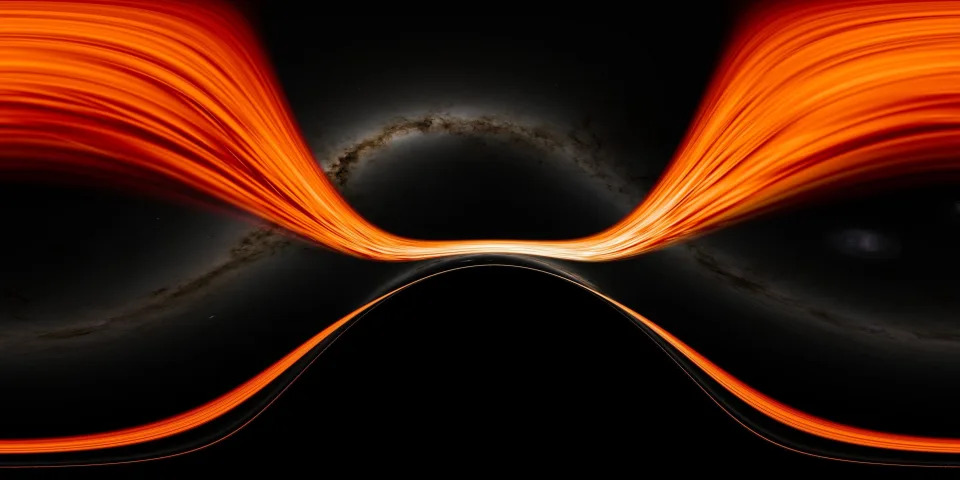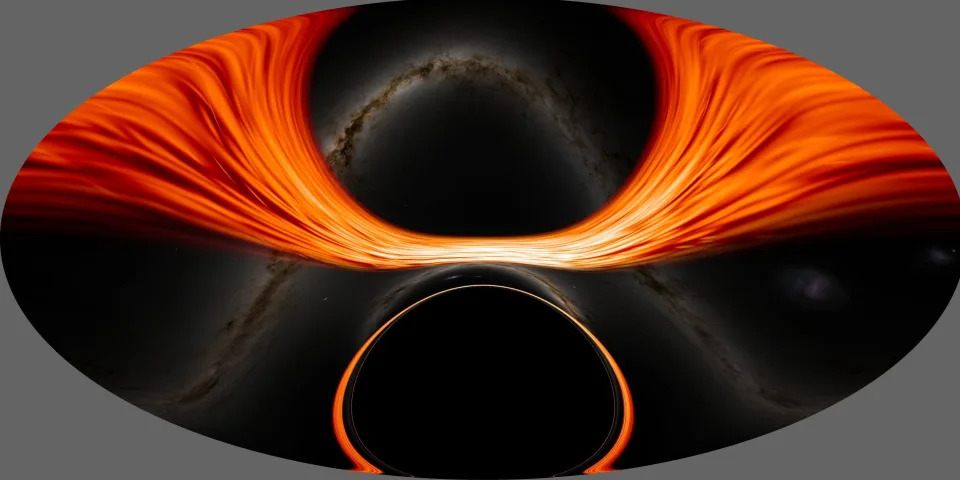Meryl Sebastian - BBC News, Kochi
Tue, May 7, 2024
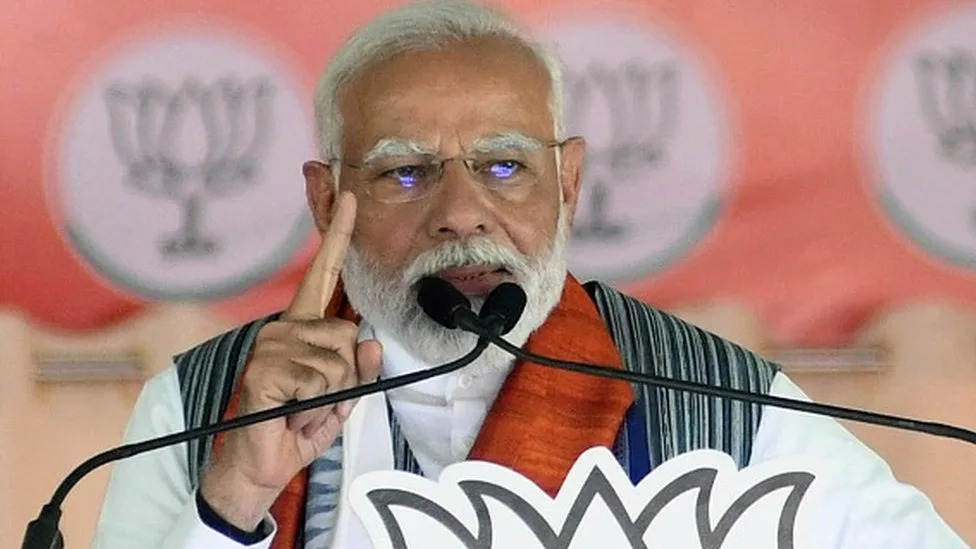
Opposition parties have accused Mr Modi of making Islamophobic remarks in his campaign speeches [Getty Images]
Police in India have opened a case against senior leaders of the governing Bharatiya Janata Party (BJP) over a social media post that opposition leaders say "demonises Muslims".
The animated video depicts senior Congress party leaders granting benefits to Muslims at the expense of marginalised castes and tribespeople.
Hours after the police case opened, the Election Commission asked X (formerly Twitter) to remove the video.
It said the post violated Indian law.
There was no immediate response from X or the BJP.
In its order, the Election Commission says its chief electoral officer in Karnataka (the video was posted by the BJP's Karnataka state unit) had "already directed" X to take down the post on Sunday, but that this hadn't been done yet. Voting in Karnataka was held on Tuesday and ended in the early evening local time.
This is the second such video the BJP has posted online in the past two weeks. Prime Minister Narendra Modi has also made similar claims about the opposition favouring the Muslim minority over other social groups at election rallies.
India is several weeks into a general election that ends in June, and according to the model code of conduct, parties and leaders are barred from using religious issues to seek votes.
But opposition leaders and political commentators say PM Modi, who's seeking a rare third term in a row, and other leaders from his Hindu nationalist party are resorting to blatant Islamophobia. They have also criticised the Election Commission (EC) for not taking timely action against them.
India's 200 million Muslims are the largest minority group in the country. Anti-Muslim hate speech has surged in the country since the BJP came to power in 2014.
'Invisible in our own country': Being Muslim in Modi's India
The video, posted on the BJP's social media page in Karnataka on 4 May, is captioned "Beware... Beware... Beware...!" in Kannada language which is spoken in the southern state. It has been viewed more than nine million times on X.
It shows caricatures of Congress leader Rahul Gandhi and Karnataka Chief Minister K Siddaramaiah, who belongs to the same party, placing an egg marked "Muslims" in a nest next to three eggs marked "SC" and "OBC" (referring to marginalised castes) and "ST" (referring to marginalised tribes).
When the eggs hatch, Mr Gandhi is seen feeding "funds" to the chick which is wearing a skullcap and has a menacing expression. The chick then grows bigger and edges out the others from the nest.
The Congress lodged a complaint against the video with the EC on Sunday, following which the Karnataka police registered a case against BJP President JP Nadda, its party chief in Karnataka, BY Vijayendra and the party's IT department head, Amit Malviya.
In a post on X, Congress party MP Manickam Tagore criticised the video, saying that the "blatant demonisation of minorities by BJP is unacceptable".
"The Election Commission must wake up to its responsibility and address the divisive tactics of the BJP. Unity, not division, should be the goal for a thriving democracy," he wrote.
Professor Nitasha Kaul, a British academic of Indian origin who teaches politics at the University of Westminster, described the video on X as "a straightforward 1930s Germany-style cartoon" and called it a violation of election rules.

India's 200 million Muslims are the largest minority group in the country [Getty Images]
Several opposition leaders and civil society groups have flagged campaign videos and speeches by BJP leaders, particularly the prime minister, as "unacceptable" and "divisive".
"Shame is an understatement. This election officially has no rules left anymore for BJP or Modi," Saket Gokhale, an MP from the Trinamool Congress party, wrote on X.
Congress leader Salman Anees Soz said the BJP's "hatred of us Muslims has never been more blatant".
Last week, an animated video posted by the BJP on Instagram falsely accused the Congress of wanting to take wealth from non-Muslim Indians to distribute it to the Muslim community.
It garnered over a million views and remained online for at least 48 hours before it was taken down. Several users who reported the video later shared a notification from Instagram saying it had been removed.
The video was released just a week after opposition parties accused Mr Modi of making Islamophobic remarks for referring to Muslims as "infiltrators" and "those who have many children" in a campaign speech.
Beginning and ending with a call to support Mr Modi, the video showed an animated version of Rahul Gandhi holding a copy of the Congress manifesto, which then morphs into Pakistan's national flag.
"The Congress manifesto is nothing but the Muslim League's ideology in disguise," an accompanying voiceover says, adding that Mr Modi alone can stop this from happening.
The video also refers to a 2006 speech by former prime minister Manmohan Singh - of the Congress party - in which he speaks about empowering minority communities in the country.
Mr Modi had referred to the speech during his election campaign in Rajasthan state last month. "Their earlier [Congress] government had said that Muslims have the first right over the nation's wealth," he had alleged.
His claim was debunked by several fact-checkers who said he had misquoted the former prime minister.
The Congress lodged a complaint with the Election Commission, seeking action against Mr Modi. The commission declined to comment on the matter, but issued a notice to the BJP chief for the alleged violation of the poll code by the PM.
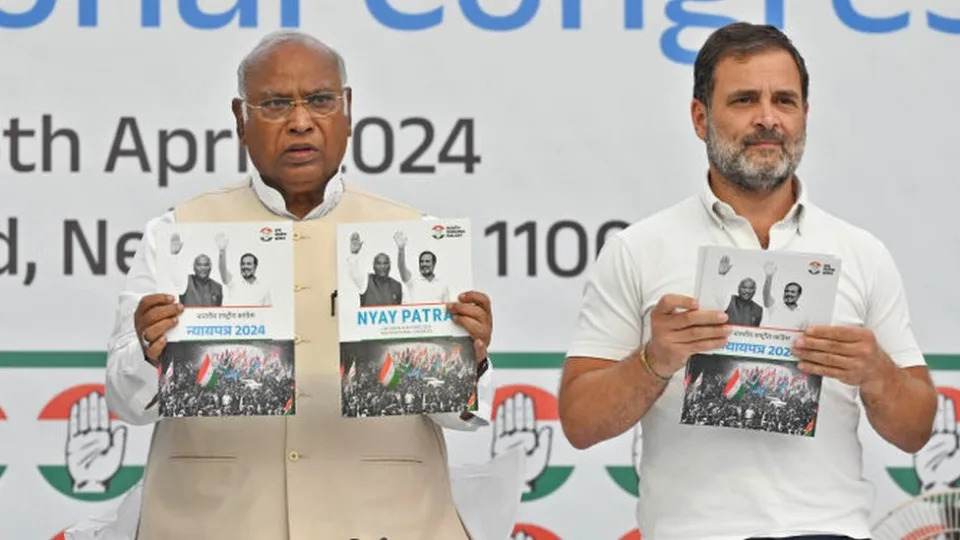
Congress party chief Mallikarjun Kharge (left), pictured with Rahul Gandhi, accuses Mr Modi of "repeated lies" [Getty Images]
Mr Modi and other BJP leaders have repeated the claim at other rallies. Last month, in the southern Telangana state, the prime minister once again said that he would "not allow the Indian Constitution-mandated reservations" for historically marginalised caste groups to be distributed to Muslims.
In a letter to Mr Modi on 2 May, Congress party chief Mallikarjun Kharge accused him of "repeated lies in the election campaign".
"When the elections are over, people will only remember you as the prime minister who indulged in divisive and communal speeches filled with lies to avoid an inevitable defeat," he wrote.
Despite the criticism, Mr Modi has continued to make remarks that many of India's millions of Muslims find offensive.
On Tuesday, the prime minister himself shared a video clip from his election speech in Madhya Pradesh state where he spoke of "vote jihad". He also claimed the Congress's interests were aligned with those of Pakistan.
Indian vote body tells X to remove Modi party video targeting Muslims, opposition
Reuters
Tue, May 7, 2024
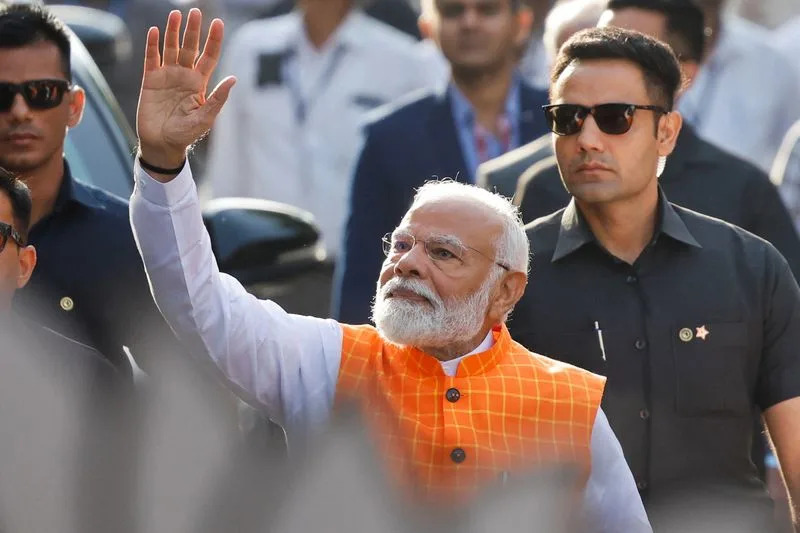
Third phase of India general election
NEW DELHI (Reuters) - India's Election Commission directed social media platform X on Tuesday to take down a video post by Prime Minister Narendra Modi's party after an opposition complaint that it promoted enmity among economically weaker groups.
The takedown order for violation of poll rules came days after police registered a case against leaders of the ruling Hindu nationalist Bharatiya Janata Party (BJP), including the president of its Karnataka state unit that had shared the post.
The animated video published last week during India's long general election accused opposition Congress leaders of planning to extend welfare benefits to the minority Muslim community at the cost of other disadvantaged tribal and Hindu caste groups.
Modi, seeking a third straight term, has made similar allegations in recent speeches and said Congress would distribute the wealth of majority Hindus among Muslims, whom he referred to as "infiltrators" who have "more children".
Congress denies making any such election promise.
"X is directed to take down the post immediately," a letter from the election commission to the social media platform said.
There was no immediate comment from X or the BJP.
Modi's critics accuse him and his party of targeting Muslims for electoral gains, which he has denied, saying that his government does not discriminate and also that he does not oppose the community or Islam.
About 80% of India's 1.4 billion people are Hindus but it also has the world's third largest Muslim population of about 200 million people.
The video depicted a caricature of Congress leader Rahul Gandhi placing a large egg tagged "Muslims" and feeding "funds" to the hatchling that emerges, which then pushes out of the nest three other hatchlings representing disadvantaged groups.
Congress said in its complaint to the election body that the post sought to "intimidate" members of the three weaker groups to not vote for the party "by projecting that funds reserved for them will be usurped by Muslims."
Modi and his BJP party have made controversial remarks in what analysts say is an attempt to invigorate their hardline base as the election sees comparatively low voter turnout compared to previous years.
(Reporting by Shivam Patel; Editing by Andrew Cawthorne)
